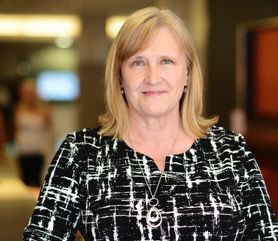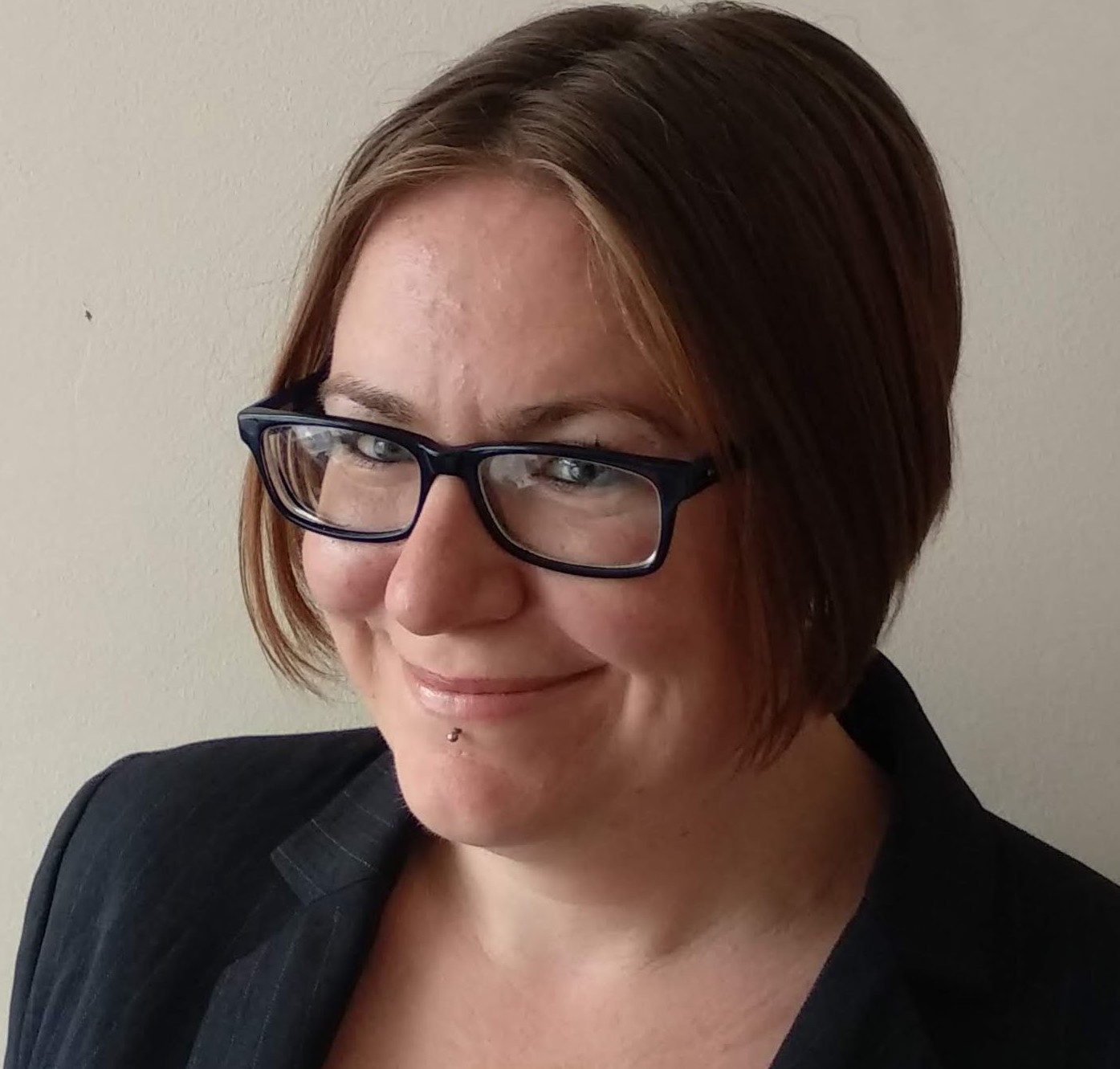Listening to the Patient Voice: Collaborate to meet unmet information needs

Pharma has a real willingness to listen to the patient voice – but how best can we turn that desire into action?
Over the next few months, we’ll be talking to representatives from a number of UK advocacy groups to find out how industry could better listen to the patient voice in various therapy areas.
[caption id="attachment_46118" align="alignleft" width="91"] Sue Farrington[/caption]
Sue Farrington[/caption]
To kick off the Listening to the Patient Voice series, Sue Farrington, chair of the Patient Information Forum (PIF), talks to pharmaphorum about how embracing collaboration can facilitate shared decision making.
The pharmaceutical industry is waking up to the fact that patients, not clinicians, are its real customers. And while there are barriers to redressing this balance, working more collaboratively with patients, healthcare services and advocacy groups can help.
Outlining the current situation, Sue said: “In relation to the patient information produced by pharma, there are two areas of unmet need.”
“The first is the accessibility of information. It needs to be understandable and it needs to consider health literacy. This is a common issue across the board, which many companies are trying to address.”
The second area is making sure that when information is produced, it is embedded into the patient pathway.
“Is the information being provided at the right time, in the right way, in the right format?” she asked.
Co-creation as the path to accessibility
Co-creation at every point of the development pathway, from identifying information gaps to creating and testing the resources, is the answer according to PIF.
However, that’s easier said than done when considering the restrictions the Association of the British Pharmaceutical Industry (ABPI) Code of Practice places on communication between companies and patients.
“At PIF we have seen a growing recognition from pharma of the importance of listening to the patient voice,” said Sue.
“There is a real willingness to do it, and some companies are more ahead of the curve than others, but the Code can make it very difficult.”
Health literacy
With a growing emphasis on shared decision making, the first step needs to be ensuring everyone can access the basic information, no matter what their level of health literacy.
Between 43 and 61 per cent of working age adults in England do not have the literacy and numeracy skills they need to understand and use health and wellbeing information.
The Academy of Medical Sciences recently said that patient information leaflets (PILs) included in medical packages often failed to meet the criteria for accessibility.
In a report entitled How can we make better decisions about medicines? the Academy noted: “Patients are struggling to find clear and reliable information about medicines. The information leaflets that come with medicines are often unclear and unhelpful. We want them all to be simpler and clearer, so patients understand the potential benefits of medicines and their possible side effects.”
Addressing this issue is critical to the industry for many reasons, said Sue, who added that a focus on health literacy would “create a level playing field” by tackling health inequalities.
“The more someone understands why it’s important, the more likely they are to adhere to their medication. There are also the serious consequences of people not understanding the safety issues of a medicine.”
“One of the most critical things is involving and listening to patients from all backgrounds and with all levels of health literacy,” she said.
She went on to say that many companies were starting to embrace the ethos of co-production of educational materials. Some have set up patient advisory boards, others are now testing their new resources with patients.
But while the industry realises it needs to work more collaboratively if it is to succeed, there is an element of being hamstrung by the ABPI Code.
Shared decision making
It’s not just PILs that need to be addressed – materials that are designed to help clinicians and patients come to evidence-based choices are also sorely needed.
“People are being asked to take greater responsibility for their health, so we need to be thinking about how people can access the information they need to do that.”
“Previously, information produced by pharma was designed for post-prescription. Now there are so many choices of treatments in some long-term conditions meaning that pre-prescription information is so important – we need materials that can enable that conversation,” Sue explained.
The Academy of Medical Sciences report, which published in June last year, highlighted just how important this is.
Of 2,041 British adults surveyed, just 37 per cent said they trusted evidence from medical research. This was compared to 65 per cent who said they trusted the experience of their friends and family.
Compliance
Asked how pharma could help address these needs without being seen to be promoting medicines to patients, Sue said that working with healthcare services was key.
“Pharma has a large responsibility to step in here. There is an unquestionable desire, but they don’t know where to start,” she said.
Her team is currently working with a number of pharma companies through PIF’s Perfect Patient Information Journey initiative. Published last month, the seven-step plan was designed to help health services make sure patients get the right information at the right time in the right format.
“This approach works because it involves clinicians and patients. It’s about creating resources that enable conversations and it all takes place within a health service setting,” Sue said.
Information audit
Overall, the industry is starting to embrace the principles of co-creation, but there are still barriers – most notably the ABPI’s restrictions on public/pharma communication.
But by working collaboratively with advocacy groups and healthcare services, companies can get close enough to listen to the patient voice and make meaningful change.
About the author:
[caption id="attachment_44134" align="alignleft" width="81"] Amanda Barrell[/caption]
Amanda Barrell[/caption]
Amanda Barrell is a health and medical education journalist, editor and copywriter. She has worked on projects for pharma, charities and agencies, and has written extensively for patients, healthcare professionals and the general public.













